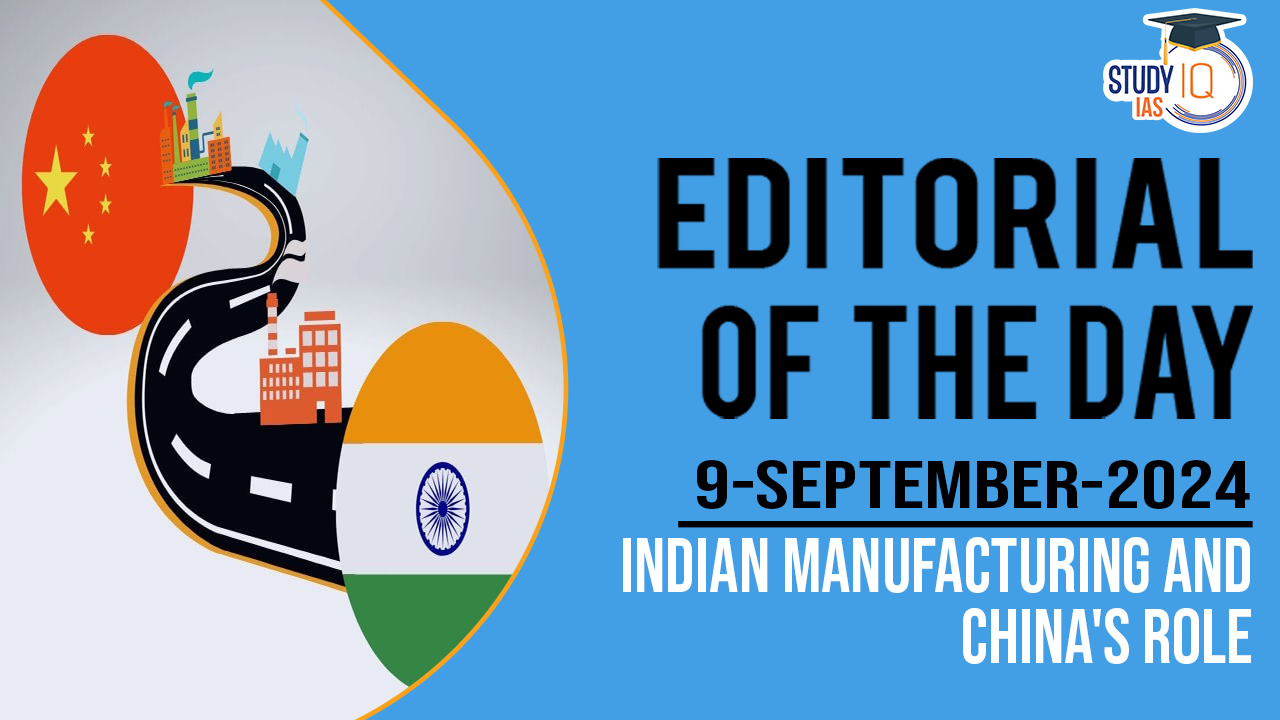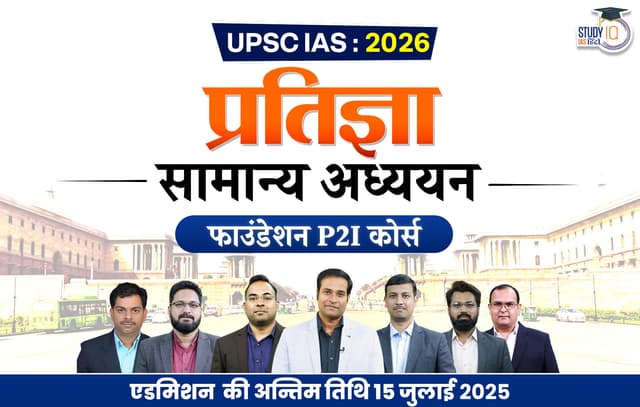Table of Contents
Context: The Indian government has taken various initiatives to transform India into a global manufacturing hub.
What are the recent initiatives to transform India into a Global Manufacturing Hub?
- Initiatives such as the ‘Make in India’ project, launched in 2014, and the Production Linked Incentive (PLI) scheme aim to attract both domestic and foreign capital.
- The 2024-25 Union Budget has allocated ₹6,125 crore for large-scale electronics manufacturing under the PLI scheme, up from ₹4,499 crore in the previous budget.
- The research and development sector, especially in electronics and IT, also saw increased funding of ₹1,148 crore, compared to ₹600 crore in 2023-24.
Chinese Presence in the ‘Make in India’ Initiative
- Chinese smartphone companies, operating in India for a decade, have been significant beneficiaries of the ‘Make in India’ project, dominating the market.
- As of 2023, four out of the top five smartphone brands in India were Chinese, holding over 50% of the market.
- India’s large base of Android users (70% market share) and the appeal of Chinese applications have driven this success.
Impact of Bilateral Tensions and Indianization Efforts
- Relations between Indian and Chinese companies faced challenges after the 2020 Galwan Valley incident, resulting in a push for “vocal for local” products.
- Increased scrutiny of Chinese companies for tax-related issues and calls for Indianizing their operations led to measures such as:
- Involving Indian equity partners.
- Appointing Indian executives to leadership roles.
- Partnering with Indian contract manufacturers.
- Focusing on exporting products made in India.
- This mirrors China’s strategy of nurturing indigenous manufacturers.
Indianization in Action
- Chinese companies have started to comply with Indian government directives, hiring local distributors, segregating brand operations, and teaming up with domestic manufacturers to qualify for PLI benefits.
- Their adaptability reflects a long-term commitment to the Indian market, despite challenges.
Challenges and Ground Realities
India’s push to develop a full-fledged smartphone manufacturing ecosystem faces several obstacles:
- Lack of developed ancillary industries.
- Inadequate technological clusters for knowledge-sharing.
- Deficiencies in infrastructure, including power, water supply, and workforce conditions.
- China’s reluctance to share technology without clear terms on equity participation also hampers progress.
- The Indian government, recognizing the need for skilled Chinese technicians, has recently eased visa norms.
- The 2024 Economic Survey suggested to endorse Foreign Direct Investment (FDI) from China rather than focusing solely on the China Plus One strategy.
- This indicates that balancing home-grown manufacturing and continued Chinese involvement is essential for India’s manufacturing ambitions.


 Operation Baam: Baloch Separatist Group ...
Operation Baam: Baloch Separatist Group ...
 National Register of Indian Citizens (NR...
National Register of Indian Citizens (NR...
 World Population Day 2025, Themes, Histo...
World Population Day 2025, Themes, Histo...





















